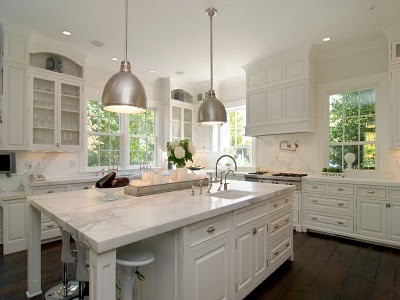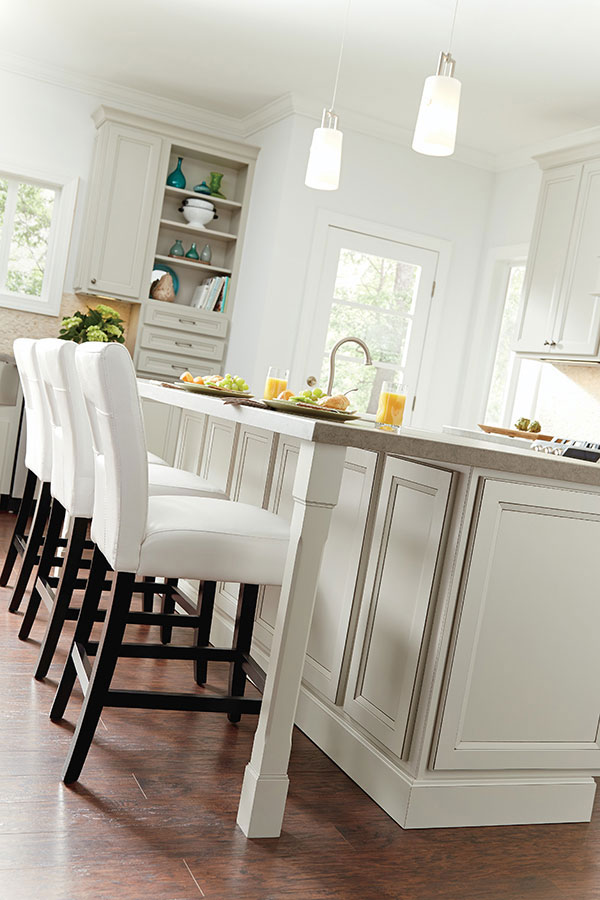Make Your Kitchen Island Stand Apart with Custom Legs For Kitchen Island
Make Your Kitchen Island Stand Apart with Custom Legs For Kitchen Island
Blog Article
Necessary Elements to Take Into Consideration When Choosing Legs For Cooking Area Island
Selecting the suitable legs for a cooking area island includes a careful evaluation of multiple aspects that can substantially affect both functionality and aesthetic allure. As we check out these aspects, it comes to be clear that each decision can have significant effects for the total kitchen experience.
Product Options
When picking legs for a cooking area island, recognizing the different material choices is essential for achieving both aesthetic allure and structural integrity (Legs For Kitchen Island). The choice of product considerably influences not just the durability of the island but additionally its overall layout and performance
Wood is a prominent option, supplying warmth and adaptability. Strong woods, such as oak or maple, give stamina and can be stained or painted to match the kitchen area decoration. Steel legs, commonly made from stainless-steel or functioned iron, add a commercial and contemporary feel while making certain resilience and stability. These materials are resistant to use and can sustain substantial weight, making them optimal for bigger islands.
Another choice is crafted materials, like MDF or plywood, which can be much more cost-effective while still using an array of surfaces. Nevertheless, they may not supply the exact same degree of stability as strong wood or metal. Finally, products such as acrylic or glass can produce a modern appearance, though they might need added assistance to guarantee security.
Eventually, the choice of material for kitchen island legs ought to straighten with the preferred capability and the general motif of the kitchen area.
Design And Style

When thinking about style, the form and finish of the legs are critical. Conical legs can give a sense of agility and sophistication, while thicker, more robust legs can share toughness and stability. Additionally, the surface-- be it painted, discolored, or all-natural-- ought to enhance the cabinetry and kitchen counter products to develop a unified look.
Moreover, the layout of the legs can additionally reflect individual preference. Custom-made or attractive legs, such as those featuring intricate makings or special geometric forms, can serve as prime focus, adding character and individuality to the cooking area. Ultimately, the appropriate option will certainly not just enhance functionality yet also raise the aesthetic allure, making the kitchen area island a standout function of the home.
Elevation Factors To Consider
Selecting the ideal height for kitchen area island legs is crucial, as it directly impacts both performance and convenience. The basic elevation for a cooking area island usually varies from 36 to 42 inches, aligning check my site with usual counter top heights.

It is additionally vital to make up individuals' preferences and elevations. Customizing the height can guarantee a comfortable experience for all relative, making the cooking area island a much more satisfying and practical space.
Weight Assistance
Making certain sufficient weight support for cooking area island legs is essential for both security and capability. The cooking area island commonly serves multiple purposes, consisting of cooking, dining, and extra storage, demanding a robust assistance structure. When picking legs, it is crucial to think about the overall weight capacity called for based on the island's planned use and the products that will be put on it.
The option of material for the legs plays a considerable duty in their weight-bearing abilities. Strong wood, metal, and sturdy compounds normally supply superior toughness compared to lighter materials. In addition, the design of the legs-- whether they are straight, tapered, or have a pedestal form-- can affect their capacity to disperse weight effectively across the structure.
Furthermore, the leg positioning need to be strategically intended to enhance stability. Legs placed at the edges other or with a broader base can much better sustain much heavier tons. Always speak with the manufacturer's specifications regarding tons limits to make certain that the legs can maintain the intended weight without jeopardizing safety. In recap, picking cooking area island legs with sufficient weight support is important for developing a secure and useful culinary area.
Setup and Upkeep
Proper installation and maintenance of cooking area island legs are critical for making certain long life and security. This typically entails protecting the legs to the island base using appropriate bolts, making sure that the legs are degree and aligned.
Once set up, normal upkeep is necessary to protect the stability and look of the legs - Legs For Kitchen Island. For wooden legs, routine cleaning with a moist cloth and application of ideal wood gloss can protect against dampness damages and keep their finish. Metal legs might require a mild cleaning remedy to remove grease and crud, complied with by a dry cloth to prevent corrosion development
In addition, evaluate the legs consistently for signs of wear or damage, such as fractures or loosened joints. Tightening screws or screws as required can additionally lengthen the life expectancy of the legs. By sticking to these installment and upkeep methods, homeowners can make certain that their kitchen area island remains tough and visually appealing for years to come.
Conclusion

Aesthetic coherence is vital in choosing the design and style of legs for a kitchen area island, as these elements greatly influence the overall ambiance of the room. Tapered legs can give a sense of lightness and style, while thicker, more durable legs can communicate stamina and security.Choosing the proper elevation for cooking area island legs is vital, as it straight influences both functionality and comfort. In summary, picking cooking area island legs with appropriate weight support is essential for producing a functional and secure culinary space.
In conclusion, choosing legs for a kitchen island necessitates mindful factor to consider of different elements, consisting of material alternatives, style, height, weight assistance, and installation.
Report this page